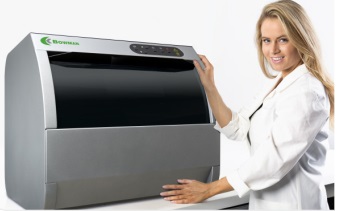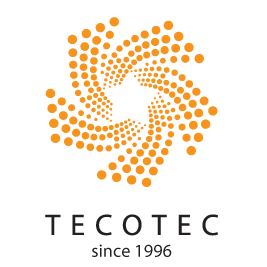News
Bowman XRF Coating Measurement System For Electroless Nickel Plating
Electroless Nickel Plating (ENP) provides protection from wear and abrasion, resistance against corrosion, and increased hardness. It’s widely used in aerospace, oil and gas, construction, electronics, and elsewhere.

ENP provides a unique combination of advantages, including wear/corrosion resistance, friction resistance, and a high degree of deposit uniformity.
|
Feature |
Benefit |
|
Less porous than electroplated nickel and hard chrome. |
Provides barrier corrosion protection, and can be applied with little or no compressive stress, making it gentle in application. |
|
No electricity required, less equipment and fewer coats than electroplating to create a strong, high-quality finish. |
A more accurate, efficient and cost-effective coating process. Can be used on non-conductive surfaces, which allows for plating on a wide variety of base materials. |
|
Substantial flexibility in plating thickness and volume; easily fills recesses or pits in the metal surface. |
A wide range of industrial parts can be finished with a high degree of uniformity, including oil field valves, pumps, drive shafts, electrical mechanical tools, engineering equipment, etc. |
There are 3 types of ENP, offering low, medium and high levels of phosphorus.
- The most common type contains medium levels of phosphorus (called MPEN, 6-9% phosphorus). MPEN has high speed deposit rates, and bright and semi-bright options.
- Low phosphorus electroless nickel (< 5% phosphorus) provides uniform thickness on the inside (to eliminate grinding after plating), as well as alkaline corrosion resistance.
- High phosphorus (10-13% phosphorus) ENP is applied to components used in oil drilling, coal mining and other applications where extreme corrosion resistance is needed to protect against highly corrosive acids.
X Ray Fluorescence Coating Measurement Technology
X Ray Fluorescence (XRF) has become ubiquitous in the plating industry for measuring plated layer thicknesses and composition.
Traditional XRF instruments used to determine plating thickness were equipped with gas filled proportional detectors; these were unable to measure phosphorus – an important disadvantage.
Recently, more capable XRF instruments have been introduced for plating thickness and composition measurement. The most significant advancement involves solid state detectors (typically silicon PIN diodes and most recently silicon drift detectors (SDD)), which offer major advantages over the common “prop” counter, including:
- Energy resolutions approximately 5X better than proportional counters.
- The ability to analyze light elements (down to 13-Al), providing good sensitivity for phosphorus measurement.
The Bowman XRF Coating Measurement System
- High resolution solid state detector technology assures high stability and accuracy for ENP applications.
- Closed-coupled geometry layout of the X-ray tube and detector provides more than three times higher counts, resulting in lower detection limits and improved precision with shorter measurement time.
- Configuration includes a 4-position multiple collimator assembly, a variable focus camera, and a solid state SDD detector along with a long-life micro-focus x-ray tube.
- Typical Energy Resolution of the SDD is 135eV.

Performance of the Bowman XRF System on Electroless Nickel Plating
Source: ETA
Others
- TECOTEC GROUP ATTENDED SHIMADZU’S SERVICE MANAGER MEETING IN 2022
- TECOTEC HANDED OVER EDX-7000 X-RAY FLOURESCENCE SPECTROMETER AT NIDEC CHAUN CHOUNG VIETNAM
- INSTALLATION OF CHIP PROCESSING SYSTEM – LANNER/ GERMANY
- TECOTEC completed installation of EDX-LE Energy dispersive X-ray Fluorescence spectrometer at DYT Vina
- TECOTEC DELIVERED AND INSTALLED THE 2ND X-RAY FLUORESCENCE SPECTROMETER - EDX-LE PLUS AT TABUCHI
- TECOTEC Group has handed over PDA-7000 Optical Emissions Spectrometers for Nihon Plast Vietnam
- TECOTEC DELIVERED AND INSTALLED SMX-2000 SYSTEM TO NIDEC TECHNO MOTOR VIETNAM
- TECOTEC HAS HANDED OVER SHIMADZU PDA-7000 OPTICAL EMISSION SPECTROMETER FOR TOYODA GOSEI



